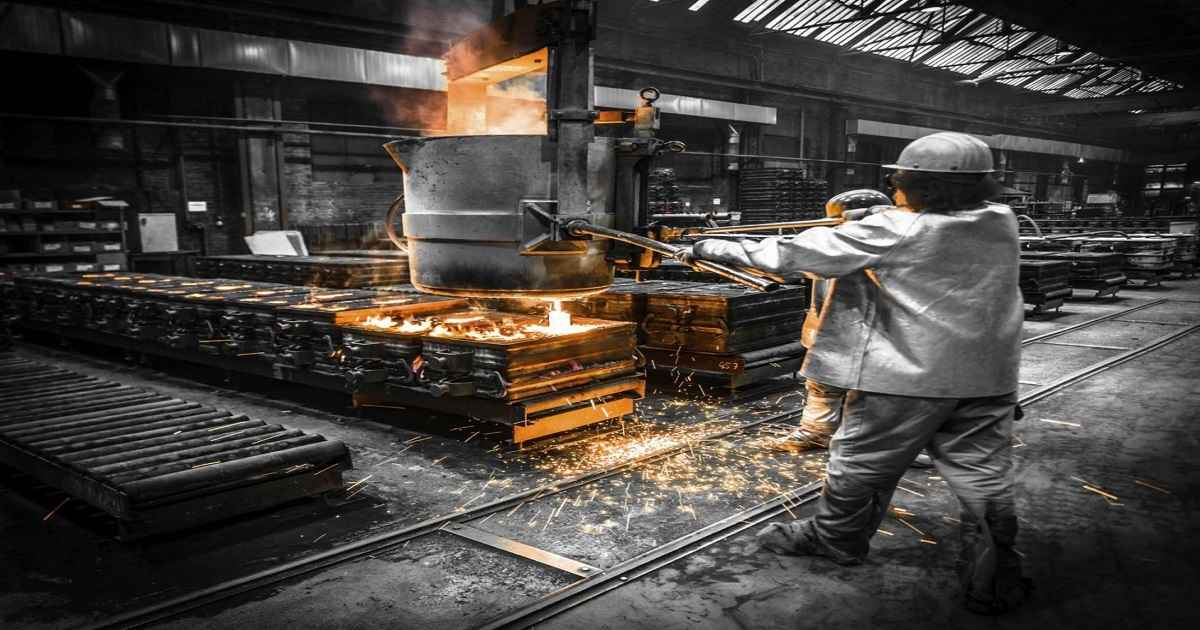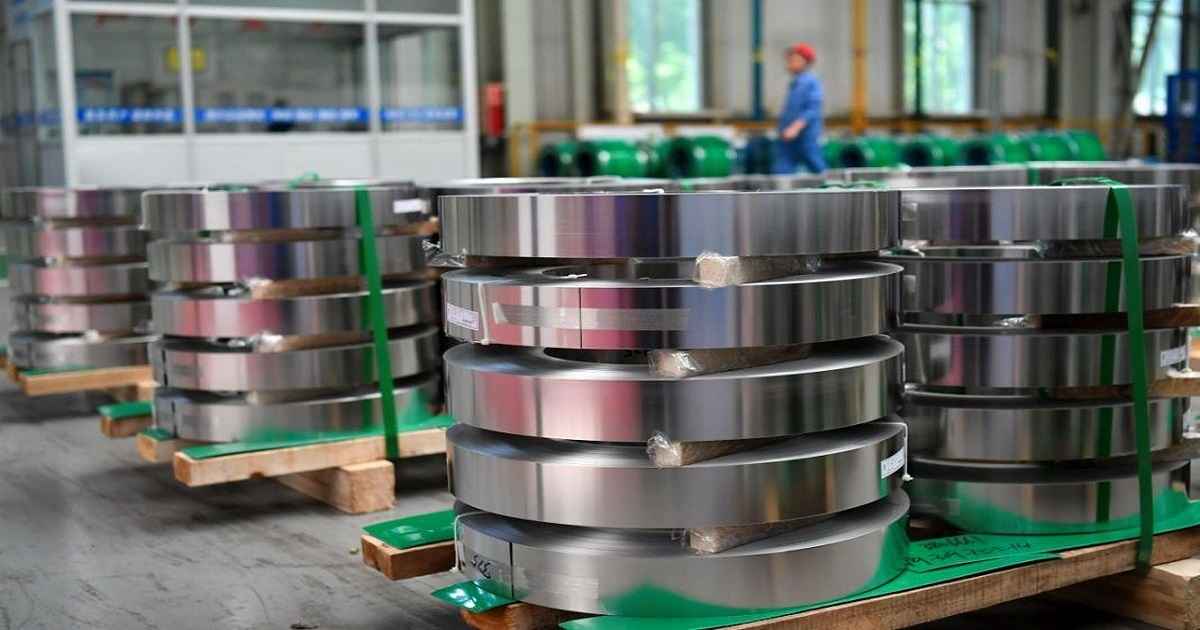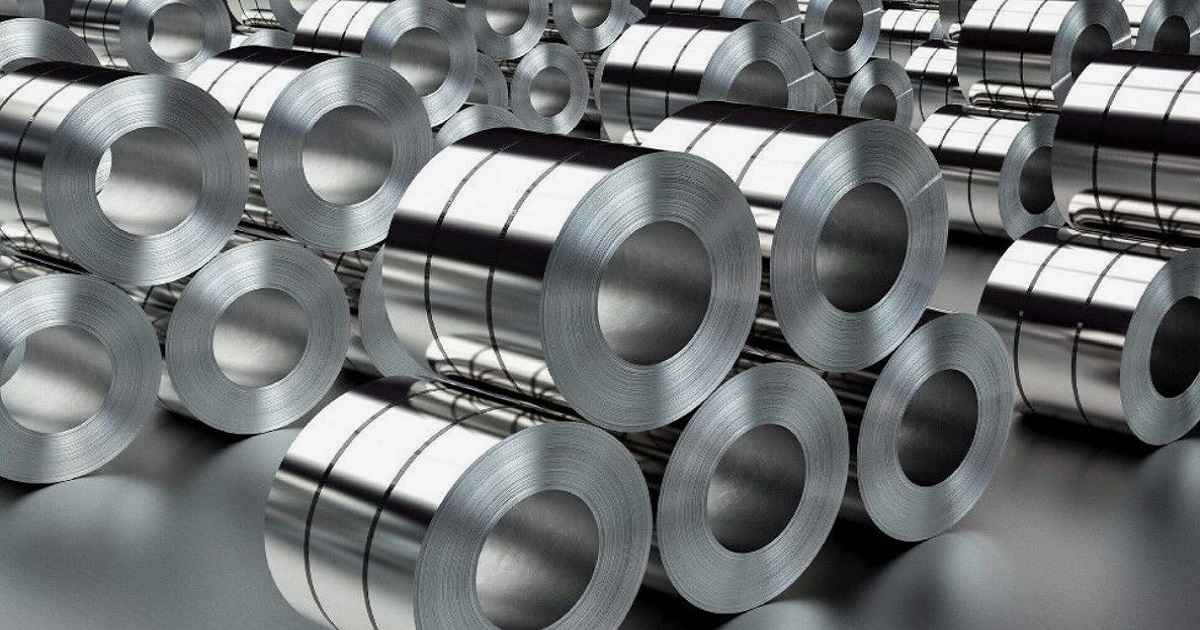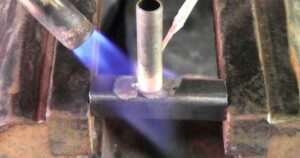How Long Does Stainless Steel Last
Understanding Stainless Steel’s Durability: Lifespan Insights
How long does stainless steel last? This question often surfaces among consumers and industry professionals alike. Stainless steel is praised for its strength and durability, making it a preferred material in various applications. In this comprehensive guide, we’ll explore the factors that contribute to the lifespan of stainless steel and how you can ensure its longevity.
The Basics of Stainless Steel
Composition and Properties
Stainless steel is an iron alloy that includes elements like chromium, nickel, and molybdenum. The addition of chromium, at least 10.5%, gives stainless steel its corrosion-resistant properties. This unique composition allows it to withstand harsh environments and resist rusting, unlike ordinary steel.
Types of Stainless Steel
There are several types of stainless steel, each with different properties:
- Austenitic: Non-magnetic and highly ductile. Common in kitchenware and plumbing.
- Ferritic: Magnetic, less ductile but highly corrosion-resistant.
- Martensitic: Hard, strong, and magnetic, used in surgical instruments and cutlery.
- Duplex: Combines austenitic and ferritic qualities, offering high strength and resistance to corrosion.
Factors Affecting Stainless Steel’s Lifespan
Environmental Conditions
The environment plays a significant role in the longevity of stainless steel. Exposure to saltwater, chlorine, and industrial chemicals can accelerate corrosion, reducing its lifespan.
Quality and Grade
The quality and grade of stainless steel directly impact its durability. Higher grades with more chromium and nickel offer better corrosion resistance.
Maintenance and Care
Proper maintenance can significantly extend the lifespan of stainless steel. Regular cleaning to remove contaminants is crucial, especially in harsh environments.
Applications and Lifespan
In Construction
Stainless steel is widely used in construction for its strength and resistance to corrosion. Buildings featuring stainless steel elements can expect a lifespan of several decades, with some structures lasting over a century with proper care.
In Kitchenware
Stainless steel kitchenware is favored for its hygienic properties and durability. With regular cleaning and proper use, stainless steel pots, pans, and utensils can last for 20-30 years or more.
In Automotive and Aerospace Industries
In the automotive and aerospace industries, the use of stainless steel contributes to the longevity and safety of components. These applications typically see a lifespan of 10-20 years, depending on usage and maintenance.
In Medical Equipment
Due to its hygienic properties, stainless steel is commonly used in medical equipment. Surgical tools and hospital equipment made from high-grade stainless steel can last for decades when properly sterilized and maintained.
Maximizing the Lifespan of Stainless Steel
Regular Cleaning
Regular cleaning to remove dirt, grime, and chemicals is vital. Use mild detergents and avoid abrasive materials that can scratch the surface.
Immediate Repair
Address any signs of corrosion or damage immediately to prevent further deterioration.
Proper Usage
Follow manufacturer guidelines for use and care, especially for stainless steel appliances and tools.
Professional Maintenance
For large stainless steel structures or specialized equipment, professional maintenance may be necessary to ensure longevity.
Conclusion
The lifespan of stainless steel varies widely depending on its type, quality, application, and the care it receives. In general, with proper maintenance and use, stainless steel can last for several decades, making it a cost-effective and sustainable material choice for a wide range of applications. Understanding the factors that impact its durability can help users make informed decisions and maximize the lifespan of their stainless steel products.













